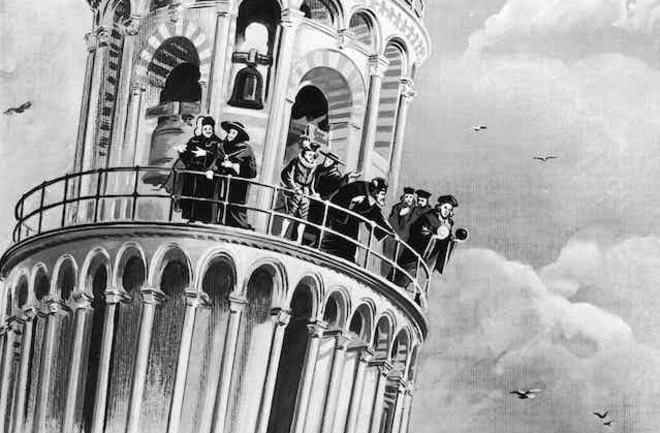If you drop a light object and a heavy object from a tower, which one reaches the ground first? As you may recall from high school physics, this is a trick question. Neglecting air resistance, they both fall the same way and reach the ground at the same time – gravity means that their speeds increase at 9.8 meters per second squared, no matter what their mass.
That’s the premise behind Galileo Galilei’s Leaning Tower of Pisa experiment, a classic thought experiment in the field of dynamics.
Dynamics is the physics specialization that studies motion and force. A “dynamicist,” one who studies dynamics, can do everything from improve a basketball player’s free throw to help design spacecraft for interstellar travel.

